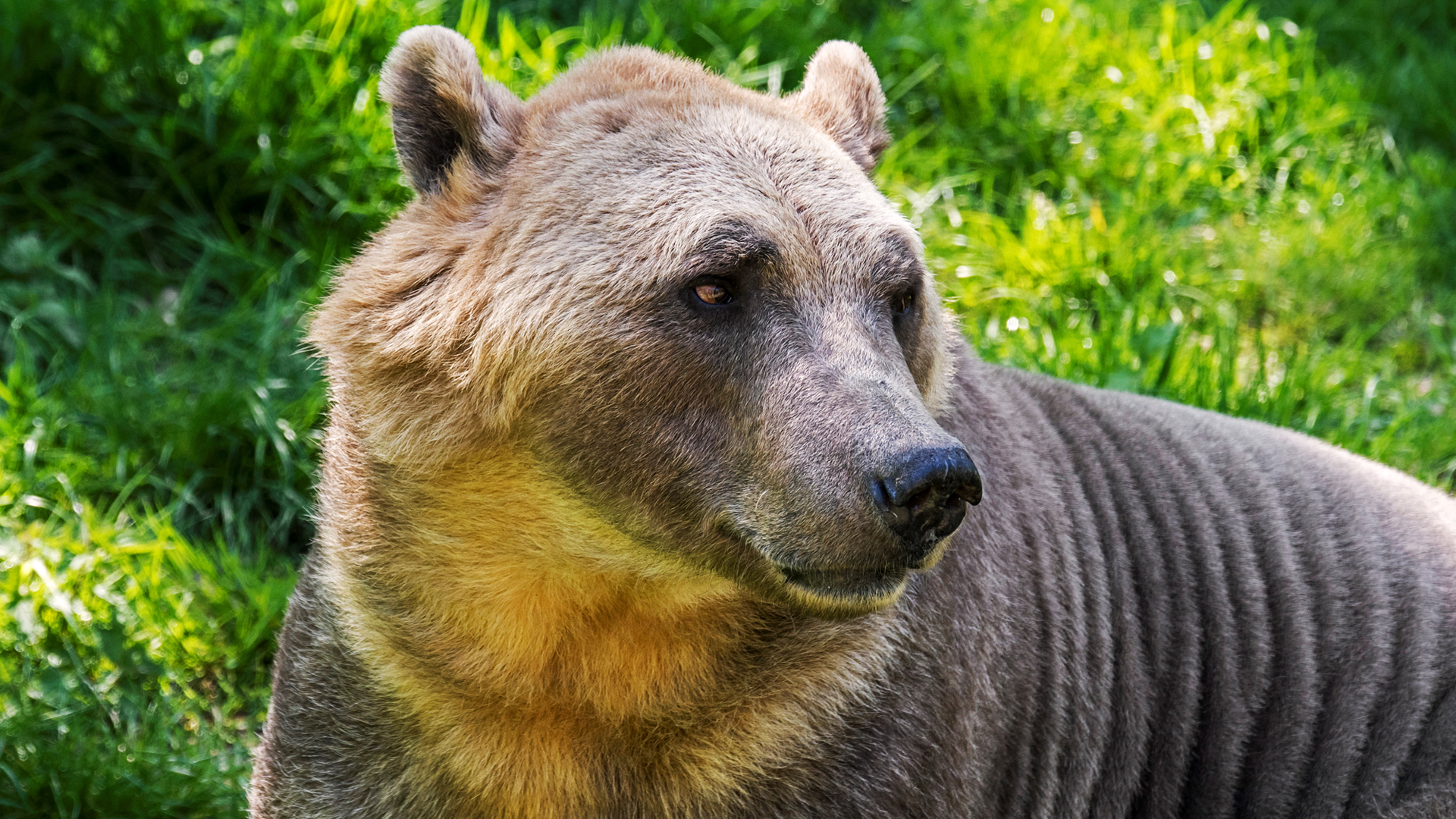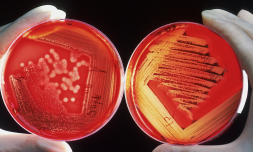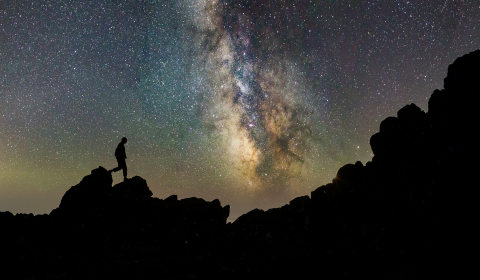Rising temperatures are simultaneously driving grizzly bears north and polar bears south, prompting interbreeding between both species. Conservationists are weighing up the possibility of controlling genetic adaption to help animals of the future cope with climate change.
From time to time, it’s good to remind ourselves that climate change isn’t just an imminent threat to humanity.
The ramifications of a warming world are constantly throwing delicate ecosystems off balance, and mother nature’s capacity to adapt and thrive at all costs manifests in a number of ways.
When it comes to endangered animals, we’re increasingly recording new instances of spontaneous interbreeding between species – sometimes leading to new types of hybrid offspring popping up, which are more naturally equipped to handle a warmer climate.
With bears in particular, interbreeding has become far more common in the last year or so. As Arctic sea ice thins, starving polar bears are being driven south where they in-turn encounter grizzlies seeking out cooler territories. No prizes for guessing what happens next.
As they inter-populate in greater numbers, the odds of mating occurring obviously go up. In Alaska and Canada, two regions where this has become relatively common, the number of ‘grolar’ or ‘pizzly’ – choose your progeny preference – sightings has rapidly grown since the first recorded observation in 2006.
The mixing of these two native species creates a short-furred hybrid that is more adept at handling hot temperatures than the grizzly, and better at foraging for food (that isn’t purely blubber based) than the polar bear, thanks to its modified skull shape and teeth.
These crossbreeds don’t purely onboard all of their parents’ best traits, however, as pizzlies have been found to be less adept at swimming than polar bears.
Beyond these giant mammals, there has been numerous instances of interbreeding reportedly creating hybrid wildlife more accustomed to climate change.
This has led conservationists to reignite old debates on whether this practice should in-fact be encouraged and controlled, or not.


















